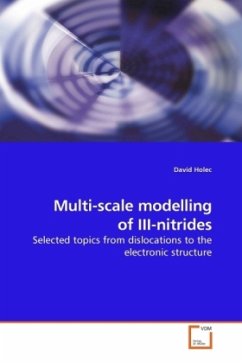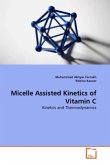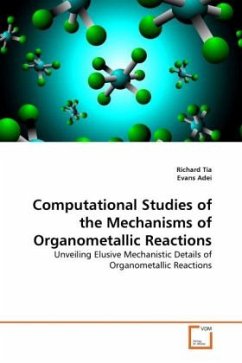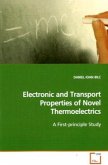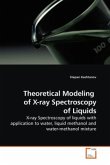The scope of this book ranges from a continuum theory of dislocations treated within the linear elasticity theory, connects the continuum and atomistic level modelling in discussing the critical thickness of thin epitaxial layers, and covers some issues related to the electronic structure of III-nitride alloys by means of the ab initio methods. The topics discussed in the first part aim (i) to apply general elasticity approaches known from the literature to the specific case of wurtzite materials, (ii) to extend equilibrium heteroepitaxial critical thickness models to III-N systems, and (iii) to develop an improved geometrical model for threading dislocation density reduction during the growth of thick GaN films. The second part of the book employs the density functional theory (iv) to investigate the electronic structure of III-N compounds and correlate these with experimentally available N K-edge electron energy loss near edge structure (ELNES) data, (v) to apply the special quasi-random structures to ternary III-N aiming to develop a methodology for modelling wurtzite alloys with a quantitative agreement with experiment, and (vi) to discuss strain effects on ELNES.

